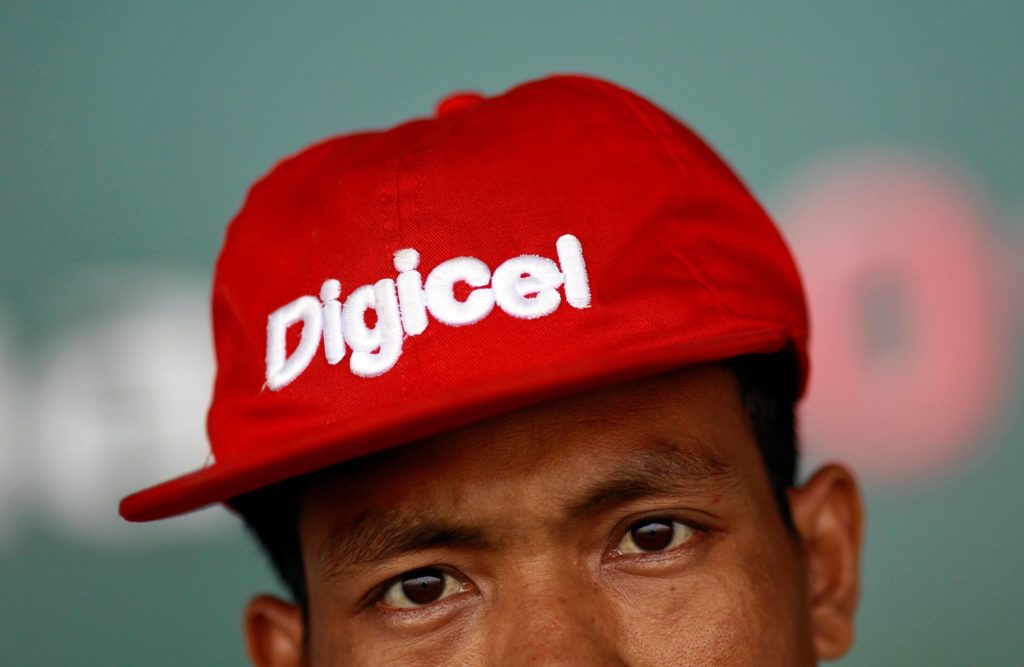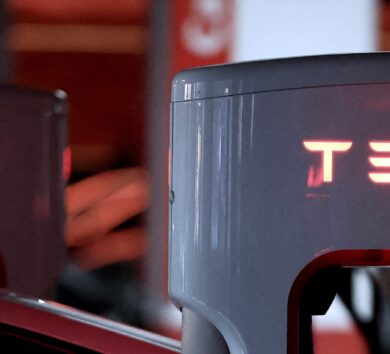

It’s more bad news for telecoms company Digicel, founded by Irish billionaire businessman Denis O’Brien.
With St Patrick’s Day coming up, O’Brien and the Digicel team will be hoping for the luck of the Irish to get them out of this whopping mess.
Buried in an avalanche of a US$4.4 billion debt, Digicel was unable to meet a payment of US$925 million on March 1, 2023. This led to O’Brien in principal agreeing to relinquish control of the company he built to bondholders, taking a board seat in return for offsetting US$1.8 billion of its debt.
This move has triggered concern for rating agency Fitch who earlier this year downgraded Digicel. It has now done so again, this time downgrading the Long-Term Issuer Default Rating (IDR) of Digicel Group Holding Limited (DGHL). To “C” as well as the IDR of Digicel Limited (DL) to “C” from “CC”.
Fitch has also downgraded the IDR of Digicel International Finance Limited (DIFL) to “C” from “ CC”.
Digicel is in a tough spot and the hole keeps getting deeper. It has to earn in local currencies to pay its debts with increased interest rates in US dollars.
The board and management allowed O’Brien to take out US$1.9 billion from Digicel between 2007 and 2015, a misstep it never recovered from and set it on a course of junk bond financing.
Fitch has zeroed in on Digicel’s insufficient liquidity position which now makes it a distressed going concern. Fitch is very succinct here writing: “ Digicel Limited has entered into a grace period of US$925 million of note maturities due March 1, 2023. The subsidiary has almost no cash. DIFL faces US$2.2 billion in secured debt maturities in May 2024 and is projected to generate neutral to negative FCF in fiscal year 2024 and holds US$109 million of cash. Holding company DGHL’s standalone cash was US$315 million as of December 22.”
Here’s the problem – the debt is unsustainable. Digicel’s ability to generate revenue to cover it is just not there.
Why?

DGHL’s consolidated financial debt as of December 2022 was approximately US$4.4 billion of which US$2.8 billion was at DIFL, US$1 billion at DL and US$600 million at DGHL. In addition about US$100 million of interest has accrued. DGHL’s debt includes US$215 million of payment-in-kind perpetual convertible notes. Approximately $1.2 billion of DIFL’s US$2.2 billion of debt maturing in 2024 is fixed-rate debt at risk of resetting at higher rates.
So what does all this mean?
The party is over for O’Brien and his merry men. Digicel will likely enter a debt restructuring with creditors, heralding a new sheriff in town. Fitch says the recovery analysis assumes that DGHL would be reorganised as a going concern in bankruptcy rather than liquidated. A filing for bankruptcy protection would lead to a downgrade to “D”.
Why the continuing downgrades?
Fitch writes, “These downgrades reflect Digicel’s entrance into a grace period for financial payments related to its notes due on March 1, 2023, as well as the announcement by the company that it has reached an agreement in principal for a comprehensive restructuring of multiple debt obligations. The ratings will be downgraded to RD (Restructured Default) if in Fitch’s opinion DGHL or any of its subsidiaries’ experiences on uncured payment default on any material financial obligation, or if they successfully enter into and complete an exchange offering.”







Comments